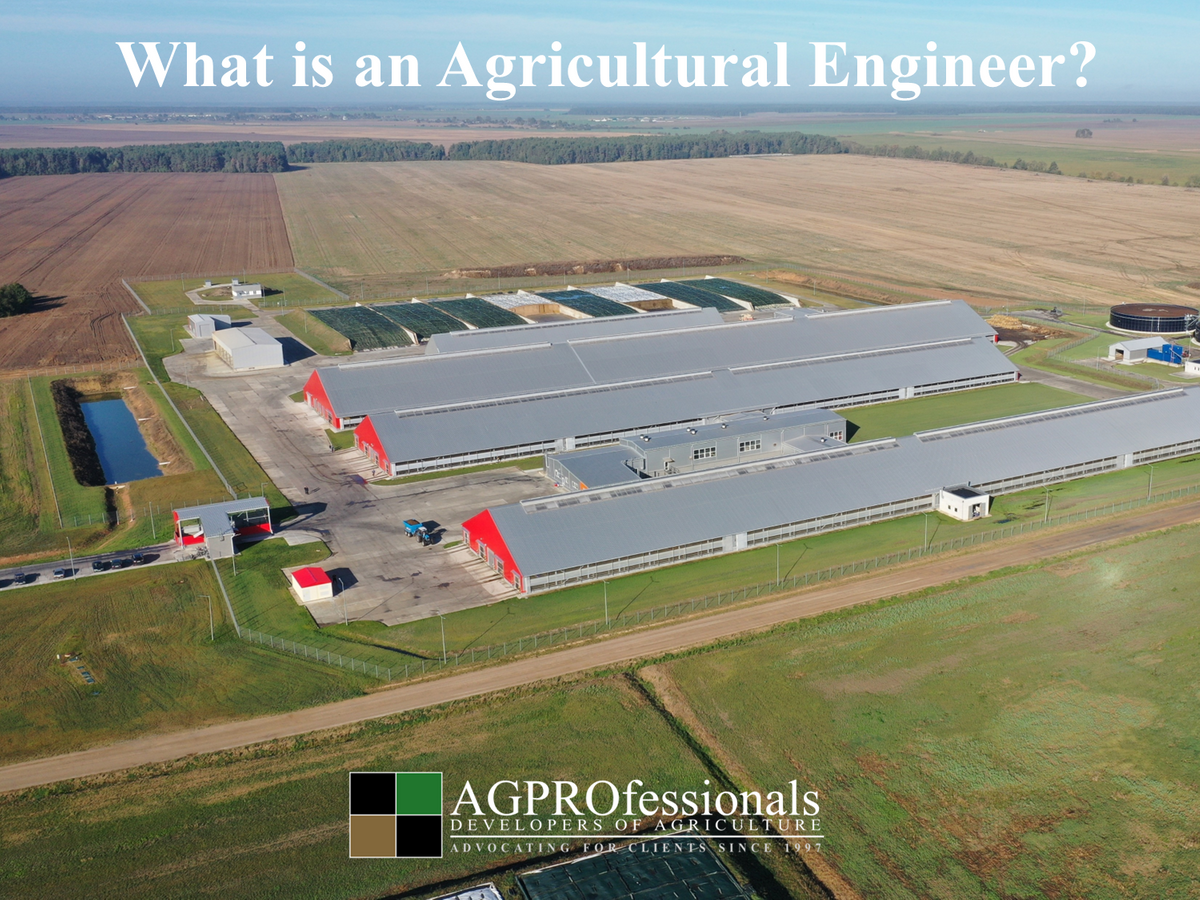What Is an Agricultural Engineer?
When people think of engineers, they often picture bridges, highways, or towering buildings. Agricultural engineers apply that same technical knowledge to support one of the most essential, challenging, and changing industries in the world: agriculture. They sit at the intersection of environmental responsibility, food production, and rural development, using science and innovation to help agricultural entities of all shapes and sizes thrive.
The Role of an Agricultural Engineer
Agricultural engineers wear many hats. One day might be spent designing a lagoon to store and manage manure for a dairy. The next could involve modeling stormwater flow for a feedyard expansion or troubleshooting an irrigation system to reduce water waste in a desert climate.
Their job blends civil, structural, and environmental engineering with a deep understanding of how animal behavior, equipment needs, nutrient cycles, and weather extremes tie into the design. It’s engineering, rooted in agriculture.
At AGPROfessionals, we provide turnkey solutions for dairies, feedlots, and row crop farms across the Western U.S. Our team of licensed engineers helps producers navigate permitting, design efficient infrastructure, and adopt innovative technologies while protecting natural resources and complying with regulations.
What Do Agricultural Engineers Actually Do?
Here are just a few ways agricultural engineers make a difference:
Facility Design
Agricultural engineers help design and layout barns, milking parlors, commodity storage, silage bunkers, and working pens for Confined Animal Feeding Operations (CAFOs). This includes every detail from building materials to animal movement and drainage. At AGPROfessionals, we specialize in tailoring these designs for efficiency, safety, and long-term durability.
Water and Waste Management
Keeping clean water clean and dirty water dirty is the highest priority in water and waste management. It sounds simple, but it takes precise planning and engineering. Agricultural engineers size and design systems like lagoons, wastewater pumps, and stormwater drains. They determine whether a site needs mechanical or gravity-based manure separation. They develop nutrient management plans that ensure land applications meet agronomic rates and are specific for each facility. There is more to it than just checking the regulatory boxes.
Precision and Sustainability
Agricultural engineers help implement technologies that boost efficiency, protect natural resources, and reduce environmental impacts, all while keeping farms productive for decades to come. They are often involved in cutting-edge projects like Renewable Natural Gas (RNG) systems, solar integration, and regenerative infrastructure design. At AGPROfessionals, this includes supporting anaerobic digester installations that convert waste into clean energy, reducing emissions and creating new revenue streams. Other projects explore water recycling or roller-compacted concrete to manage stormwater and provide optimum durability in harsh conditions. These innovations aren’t just about solving today’s problems; they are about building operations resilient enough for future generations to return to the farm and carry the legacy forward.
Infrastructure in the Rural-Urban Interface
As development spreads into agricultural land, engineers are needed to protect farm viability while ensuring the development complies with city and county codes. That includes roadway access, traffic studies, grading plans, and utility coordination. It’s a delicate balance that AGPROfessionals often help clients navigate.
Whether working with local highway districts or coordinating with city planners, agricultural engineers are often the quiet middle ground between development pressures and farmland preservation.
More Than Blueprints and Calculations
Perhaps most importantly, agricultural engineers are translators. They take the language of agriculture and convert it into technical drawings, regulatory applications, and construction timelines. They make sure a dairy expansion meets nutrient loading limits. They help a new feedyard permit move forward despite a tight water budget. They understand both the regulatory language and the practical needs of the guy driving the loader.
At AGPROfessionals, the team brings this mindset to every project with engineering for the real world of agriculture. Our work doesn’t end at the drawing board; we support clients through construction, inspection, and even regulatory review. In agriculture, success is measured by the crops grown, milk shipped, and cattle fed.

